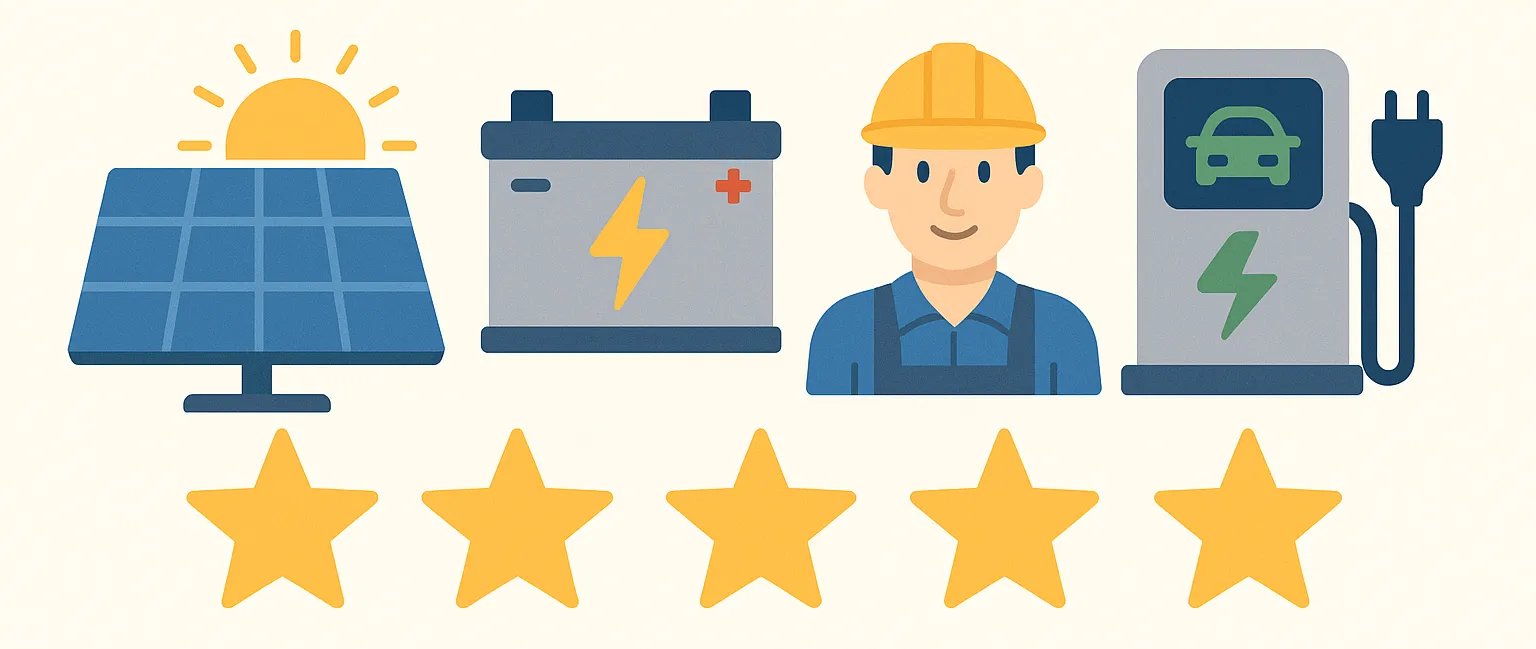Renewable Energy News
It’s stories like this that really highlight solar power’s potential for improving lives in developing nations.
Back in September last year, we reported on an initiative in Zambia where solar powered hammer mills were to be used to create jobs in milling and reduce the cost of mealie-meal, a coarse flour made from maize that forms the basis of staple foods in some African nations.
Solar hot water systems provider Solahart is the latest Australian reseller to partner with Tesla Energy, with installations expected to begin in February 2016.
The company will become the only Australian reseller to provide solar hot water systems, PV systems and Tesla Powerwall batteries.
A team of American and Swiss scientists have set a new world efficiency record in solar energy conversion for a dual-junction silicon solar cell.
The record conversion level of 29.8 percent was achieved by stacking a top cell made of gallium indium phosphide (GaInP), developed by researchers at the U.S. National Renewable Energy Laboratory (NREL), onto a highly efficient crystalline silicon bottom cell; which was developed separately by researchers at the Swiss Centre for Electronics and Microtechnology (CSEM).
The impact of climate change on water resources could affect electricity production associated with the majority of the world’s hydro and thermoelectric power stations in the not too distant future.
A new study published in the journal Nature Climate Change looked at data from 24,515 hydropower and 1,427 thermoelectric power plants worldwide. Both types depend heavily on the availability of water and water temperature also plays a critical role in cooling for thermoelectric plants; which includes nuclear, fossil and biomass-fueled facilities.
